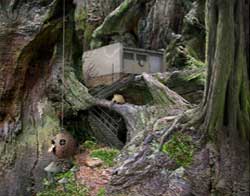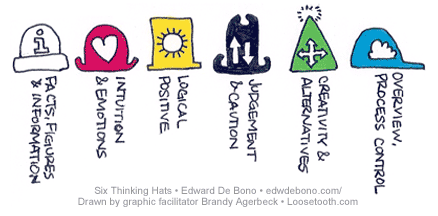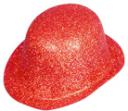

“Phew!” what HARD work! but ….. what fun! We have had a couple of sessions working with Samorost this week – everyone is still really motivated and I am really pleased with the quality of work produced. What do you think?

We worked first on setting the scene and mood of the story. Students tried their hand at using the setting to create different atmospheres – lonely, peaceful, mysterious:
Roaming peacefully, the planet drifted calmly through the tranquility of space. Timothy
Floating in the isolation of space, the miserable planet wandered… Marshall
Drifting through the silence and blackness of outer space, the mysterious planet sways through the bright lights of the stars…. Natalie
The silent planet, waiting for the unknown to become known. Celia

We spent some time this morning trying to put ouselves into the little character in Samorost (generally called Sammi!). We discussed using emotive descriptions of what the character was feeling, we closed our eyes and imagined that we were in the metal ball that descended into the scene above:
Swinging like a pendulum, the ball on the rusty chain starts descending through a pitch black tunnel. Emily
Feeling dizzy and confused and helpless, I dangled amongst the mossy roots and branches of the gnarled trees, in an ancient, rusty ball ……… Timothy
Swinging from a chain in the round, brown sphere, I felt sick and dizzy. Squeaking and screeching, the sphere suddenly came to a stop. I thumped onto the floor of the metal ball. I grabbed the metal window and pulled myself up like a baby trying to stand…….. Sharon
The hollow, swinging sphere fell down and down, leaving Samorost to listen to the deafening clanking of the old and rusty chains. The chains finally stopped clanking and everything seemed still and quiet. Samorost peered curiously out of the circular, barred window wondering what was going on…………. Nancy
I was falling in a ball, so fast. I could hear the chain rattling. I sat in a corner of the ball, the falling seemed to last forever. Finally the terror stopped and I was swinging gently from side to side. I just sat there. I was like a mouse ath the time, afraid of seeing what was out there …….. Clement
I peered through a little window and caught a glimse of a larger forest, inhabited with fungi, moss and mushrooms spread across the forest floor like butter on toast …….. Gloria
The branches of the trees look like the massive body of a pterodactyl. On the neck of the pterodactyl – like branches, sat the lazy and hungry anteater. Marshall
In the maze of prehistoric trees, an old box was hidden ….. Naomi
The trees were like tentacles, all twisted up together, connected to an unknown monster, waiting hungrily for a lost traveller to approach. Sarah
…..I decided to explore a bit more. I walked a few metres to my right and saw roots that were tangled up like a dozen cords all trying to get into the one power point…….. Ramiz
Feeling helpless I dangle amongst the ancient branches and plants of the aging rainforest, suspended only by a rusted metal chain……… This was just like an amusement ride, I think to myself, but the only difference is that if something goes horribly wrong there will be no one to help me if I am wounded. Rocking unsteadily in the darkness of the metallic ball I wonder if I will get to the ground safely or drop to my death ……… Martin










